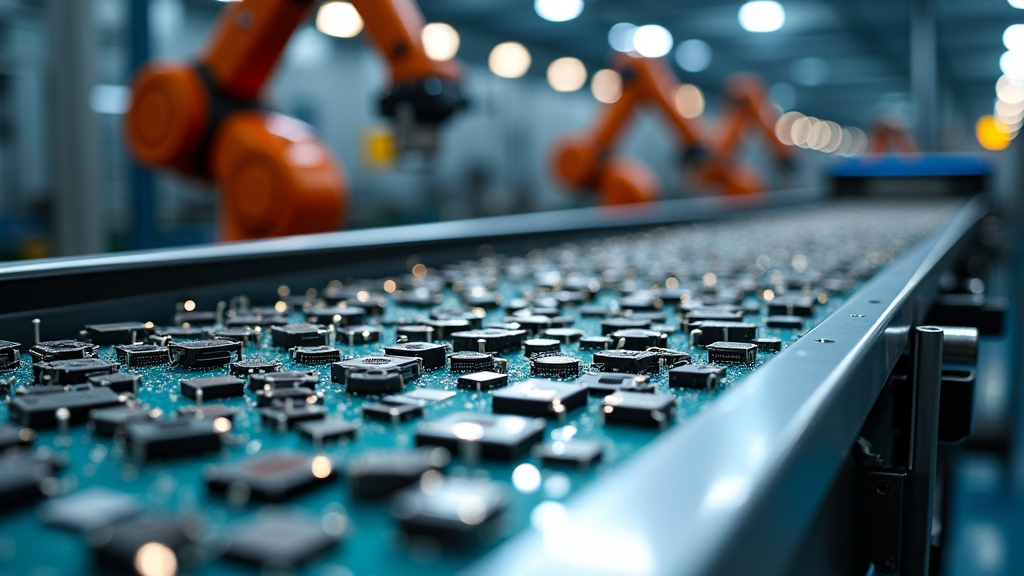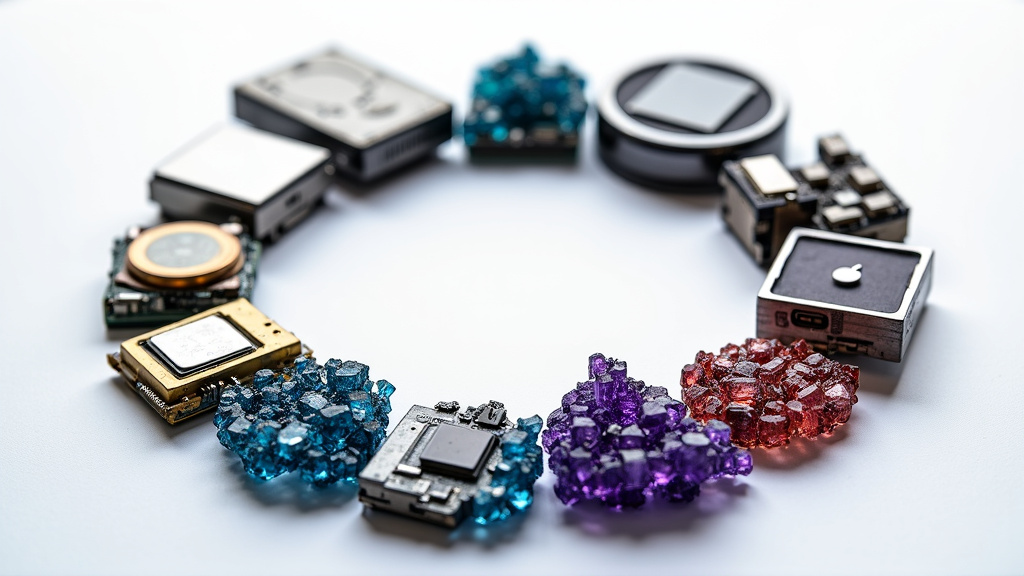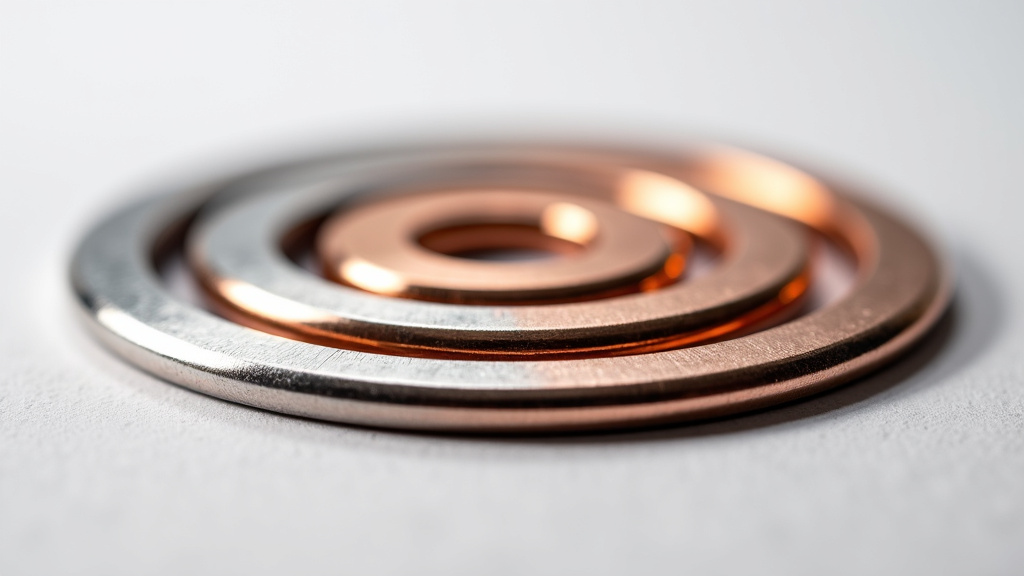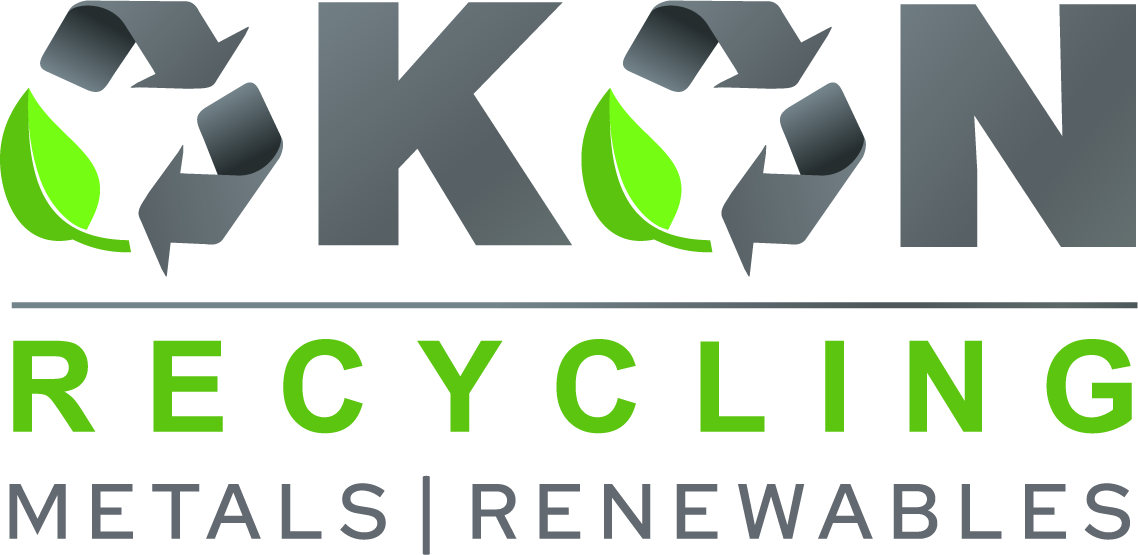5901 Botham Jean Blvd, Dallas, TX 75215
Rare Metal Sustainability Impact: An Introduction
February 19, 2025Rare metals form the backbone of our digital world. From the neodymium in your earbuds to the lithium powering electric vehicles, these elements enable the devices we can’t live without.
However, their extraction often leaves a trail of ecological devastation. A single ton of rare earth elements can generate up to 2,000 tons of toxic waste, underscoring the urgency of finding sustainable solutions.
The rare metals industry stands at a crossroads. On one hand, it fuels technological innovation and the transition to renewable energy. On the other, its practices raise serious environmental concerns. This has sparked a global conversation about sustainability in the sector, with companies like Okon Recycling leading the charge towards more responsible resource management.
Sustainability challenges in rare metal production are multifaceted, ranging from habitat destruction and water pollution at mining sites to the energy-intensive processes required for extraction and refinement. Additionally, the geopolitical concentration of these resources in a few countries adds complexity to ensuring a stable, ethical supply chain.
Innovations in Efficient Rare Metal Recycling

With increasing demand for rare metals, developing innovative recycling technologies is crucial for sustainable resource management. Advanced recycling processes are transforming the recovery and reuse of these valuable materials, focusing on efficiency and minimizing environmental impact.
At the forefront of this change is the integration of artificial intelligence (AI) into recycling operations. AI-driven sorting systems are greatly enhancing the accuracy and speed of rare metal identification and separation. These smart systems use advanced sensors, computer vision, and machine learning algorithms to quickly analyze and categorize different metal types with exceptional precision.
For example, a recent case study showed how AI-powered sorting technology increased rare metal recovery rates by up to 25% compared to traditional methods. This improvement boosts the economic viability of recycling operations and helps conserve finite natural resources.
Optimizing Waste Management Processes
Beyond sorting, AI is transforming waste management strategies throughout the recycling supply chain. Predictive analytics optimize collection routes, reducing fuel consumption and emissions related to transportation. This data-driven approach ensures recycling facilities receive a steady, efficiently collected stream of materials for processing.
Moreover, AI systems help recycling plants adapt quickly to changes in incoming material composition. By analyzing real-time data on waste streams, these intelligent systems can adjust processing parameters on the fly, maintaining high efficiency even as the mix of rare metals and other recyclables fluctuates.
Enhancing Supply Chain Sustainability
The impact of these innovations extends beyond the recycling facility. By improving the recovery rates of rare metals, advanced recycling technologies help create more sustainable and resilient supply chains. Manufacturers of electronics, renewable energy technologies, and other high-tech products can rely more on recycled materials, reducing their dependence on primary mining operations.
This shift towards a more circular economy for rare metals offers significant environmental benefits. It reduces the need for destructive mining practices, conserves energy, and minimizes the carbon footprint associated with metal production. Additionally, it helps mitigate geopolitical risks linked to the concentration of rare metal deposits in specific regions.
Challenges and Future Directions
While progress in rare metal recycling is promising, challenges remain. The complexity and variety of products containing these metals can make efficient recycling difficult. Researchers are developing new chemical and biological processes to complement AI-driven physical sorting, potentially unlocking even greater recycling efficiencies.
Looking ahead, integrating blockchain technology with AI-driven recycling systems holds exciting potential. This combination could create transparent, traceable supply chains for recycled rare metals, building trust among consumers and manufacturers.
As these technologies evolve, they promise to play a crucial role in building a more sustainable future. By maximizing the recovery and reuse of rare metals, we can reduce environmental impact, conserve valuable resources, and support the growing demand for advanced technologies that rely on these critical materials.
| Aspect | AI-Driven Sorting | Traditional Sorting |
|---|---|---|
| Efficiency | High efficiency with automated processes | Lower efficiency, manual labor-intensive |
| Accuracy | High accuracy with AI and sensor technology | Prone to errors, less precise |
| Environmental Impact | Reduced environmental footprint | Higher environmental impact |
| Cost-Effectiveness | Lower operational costs over time | Higher operational costs |
| Safety | Improved safety with automation | Higher risk due to manual handling |
The Circular Economy and Rare Metals: A Sustainable Approach

As global efforts shift towards green technologies and renewable energy, the demand for rare earth metals has surged. These essential materials are crucial for products ranging from electric vehicle batteries to wind turbines. However, extracting them often involves significant environmental and social costs. Integrating rare metals into a circular economy model offers a promising solution to ensure a sustainable supply while reducing negative impacts.
The circular economy approach for rare metals emphasizes two main strategies:
- Increasing recycling of end-of-life products containing rare metals
- Promoting reuse and refurbishment of components to extend product lifespans
By keeping these valuable materials in circulation longer, we can decrease the need for environmentally harmful mining operations. Let’s examine some key initiatives and benefits of this circular approach:
Recycling Initiatives
Recycling rare earth metals presents challenges and opportunities. Although the process can be technically complex, new innovations are making it increasingly feasible. For instance, researchers have developed methods to recover neodymium and dysprosium from discarded hard drives and electric motors with over 90% efficiency. According to one study, “recycling rare earth elements from end-of-life products can lead to an increase of 701 kt secondary supply and a decrease of 2,306 kt demand within the next three decades.”
Key recycling initiatives include:
- Developing more efficient sorting and separation technologies
- Establishing collection systems for electronics and other rare metal-containing products
- Investing in recycling infrastructure and facilities
- Implementing policies to incentivize recycling, like extended producer responsibility
Reuse and Refurbishment
Extending the lifespan of products containing rare metals is another crucial aspect of the circular economy approach. This can involve:
- Designing products for easy repair and component replacement
- Establishing refurbishment programs for electronics and appliances
- Creating marketplaces for used goods containing rare metals
- Encouraging a cultural shift toward reuse over replacement
For example, some companies are exploring the direct reuse of rare earth magnets from wind turbines and electric vehicle motors, significantly reducing the need for new materials.
Economic and Environmental Benefits
Adopting circular economy principles for rare metals offers numerous advantages:
- Reduced environmental impact from mining operations
- Increased supply chain resilience and reduced geopolitical risks
- Job creation in recycling and refurbishment sectors
- Potential cost savings for manufacturers
- Progress toward sustainability goals and zero waste initiatives
Integrating rare metals into the circular economy is both an environmental imperative and a smart economic strategy. By investing in recycling technologies, promoting reuse, and rethinking our approach to these critical materials, we can ensure a stable supply while minimizing negative impacts on our planet.
The transition to a circular economy for rare metals will require collaboration between governments, industries, and consumers. However, with concerted effort and innovation, we can create a more sustainable and resilient system for managing these invaluable resources.
To better illustrate the benefits and impact of recycling initiatives, a table summarizing rare metal recycling efficiency rates and reduction in mining demands could be included.
Conclusion: The Path Forward in Rare Metal Sustainability

Securing the future of rare metals requires more than just mining—it demands a fundamental shift in how we manage these valuable resources. Collaboration across industries is no longer optional; it is essential for building a sustainable rare metal ecosystem.
Okon Recycling is leading this transformation, proving that advanced recycling technologies can recover rare metals from industrial magnets, electronic waste, and more. Their innovative methods not only reduce environmental impact but also create a circular economy where metals are continuously repurposed.
Sustainability is an active choice. Businesses, policymakers, and consumers alike must support responsible sourcing, invest in recycling initiatives, and advocate for policies that drive metal reuse. The future of rare metals depends on today’s decisions.
At Okon Recycling, we are committed to making sustainability a reality. Join us in shaping a greener, resource-efficient future—call 214-717-4083 to learn how our metal recycling solutions can benefit your business and the planet.
